What I Wish I’d Known About Creating a Brief: The Key to Designing a Home That Truly Works for You
Written by
23 April 2025
•
5 min read

We thought we had a clear idea of what we wanted,” says homeowner Chloe. “But when we saw the first round of architectural plans, it didn’t feel right. We realised we hadn’t articulated what was most important to us, the feeling we wanted when we walked through the door.
This is a common experience among homeowners. While many start by thinking about how they want their home to look, the real magic happens when you begin with how you want it to feel.
That’s exactly why Episode Two of ArchiPro’s ‘What I Wish I’d Known’ series is all about creating a design brief. A crucial step that ensures your ideas, priorities, and personal style are translated into a clear, actionable plan for your architect or designer.
Hosted by award-winning architect Peter Maddison, this video masterclass and downloadable guide will walk you through the essential steps to creating a design brief that reflects your personality, lifestyle, and long-term needs.
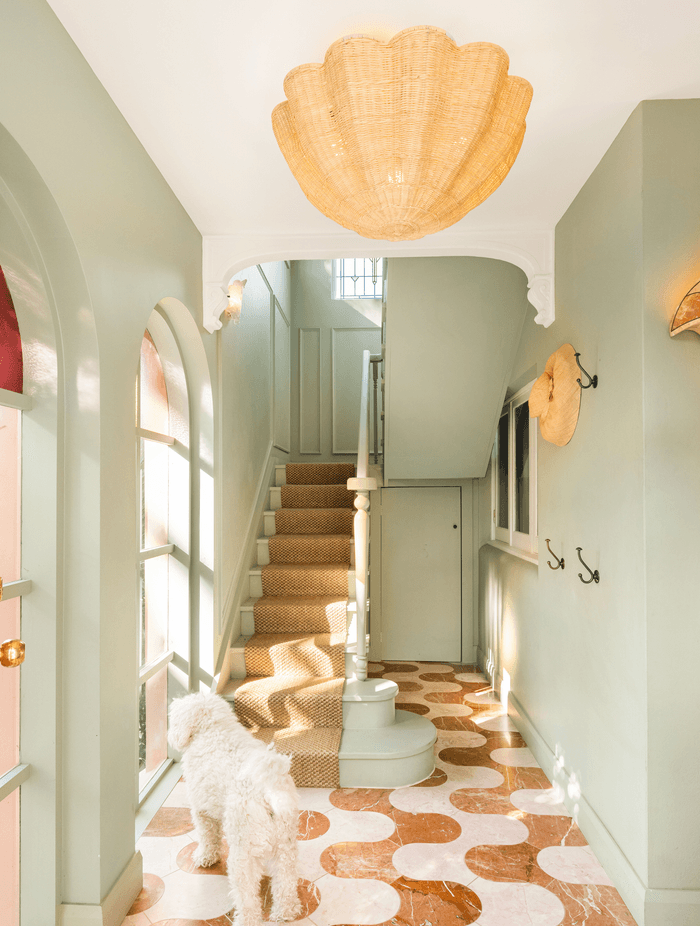
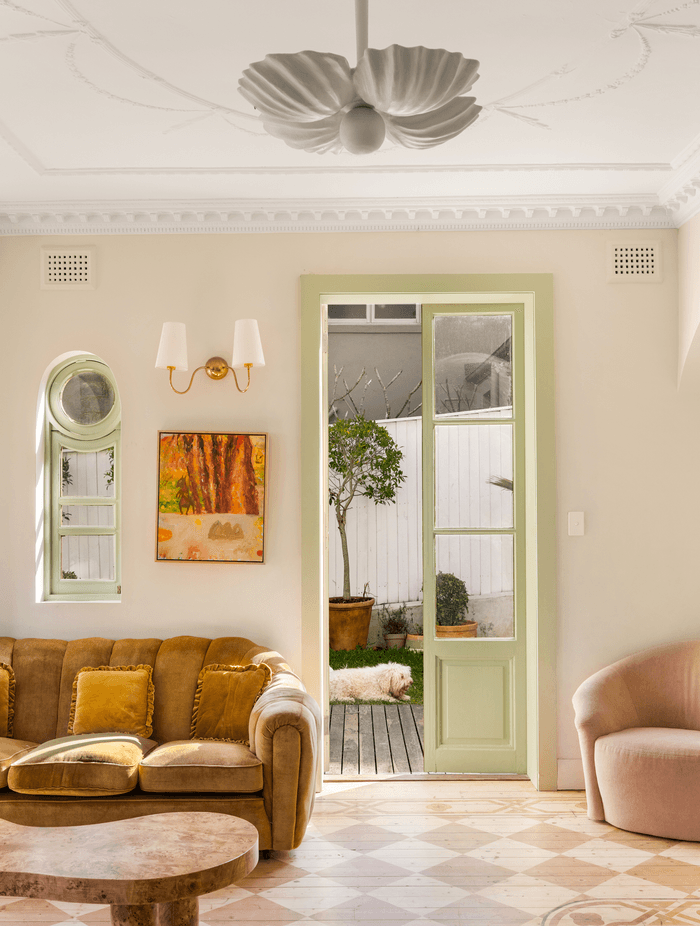
“A well-crafted design brief is the single most important document in the entire building process,” says Peter Maddison. “It ensures that your architect, designer, and builder are all working towards the same vision, your vision.”
So how do you ensure your brief is clear, practical, and uniquely tailored to you? This guide is filled with expert insights, real homeowner experiences, and interactive tools to help you master the art of communicating your dream home effectively.
Key takeaways from the guide
1. Designing for how you want to feel, not just how you want it to look
Too often, homeowners start by collecting images of homes they love, without considering whether those spaces would actually suit their lifestyle.
“The best briefs start with emotions, not aesthetics,” says interior designer Jillian Dinkel. “How do you want to feel when you walk into your home? Energised? Serene? Warm and cosy? Start there, and the design will follow.”
Consider these mood-driven design principles:
• Warm and inviting: earthy tones, natural textures, soft lighting
• Calm and serene: soft blues, minimal clutter, natural light
• Energetic and playful: bold colours, dynamic patterns, vibrant artwork
Interactive quiz:
Not sure what your design style is? Download guide two and take the interactive quiz to help you discover whether your aesthetic leans towards mid-century modern, minimalist, coastal, industrial, or something uniquely you.
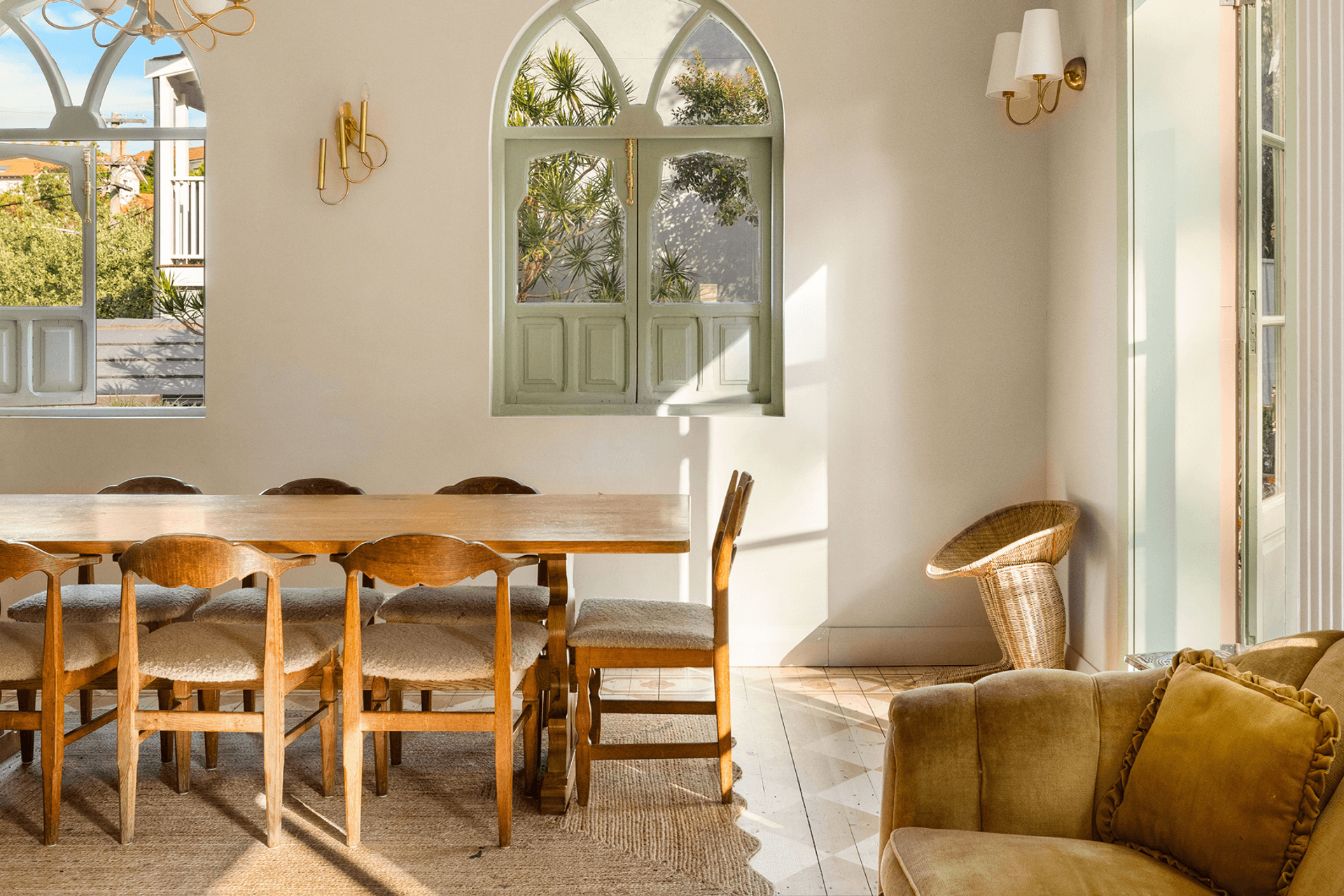
2. Using neuroaesthetics to create a home that enhances well-being
Science tells us that the spaces we inhabit have a profound impact on our emotions. This is known as neuroaesthetics—the study of how design influences our brains and well-being.
Recent studies have shown that:
• High ceilings enhance creativity and a sense of freedom
• Natural materials like wood and stone promote relaxation
• Soft, indirect lighting creates a calming atmosphere
• Greenery, both real and visual reduces stress and anxiety
Pro tip from Peter Maddison:
"Designing with neuroscience in mind isn’t just about aesthetics—it’s about crafting spaces that make you feel good. Thoughtful choices in color, materials, and layout can transform your everyday living experience."
3. Creating a mood board that works
A mood board is one of the most powerful tools for defining your vision, but many homeowners struggle with making them effective.
“It’s not just about collecting pretty images,” says Jillian Dinkel. “Your mood board should tell a story, one that reflects your personal style, your lifestyle, and the way you want to live in your space.”
How to build a great mood board:
• Start with inspiration that speaks to you emotionally not just what’s trending.
• Be consistent, if certain images feel out of place, remove them.
• Use ArchiPro’s digital design boards, so you can directly reference materials, finishes, and products that are actually available.
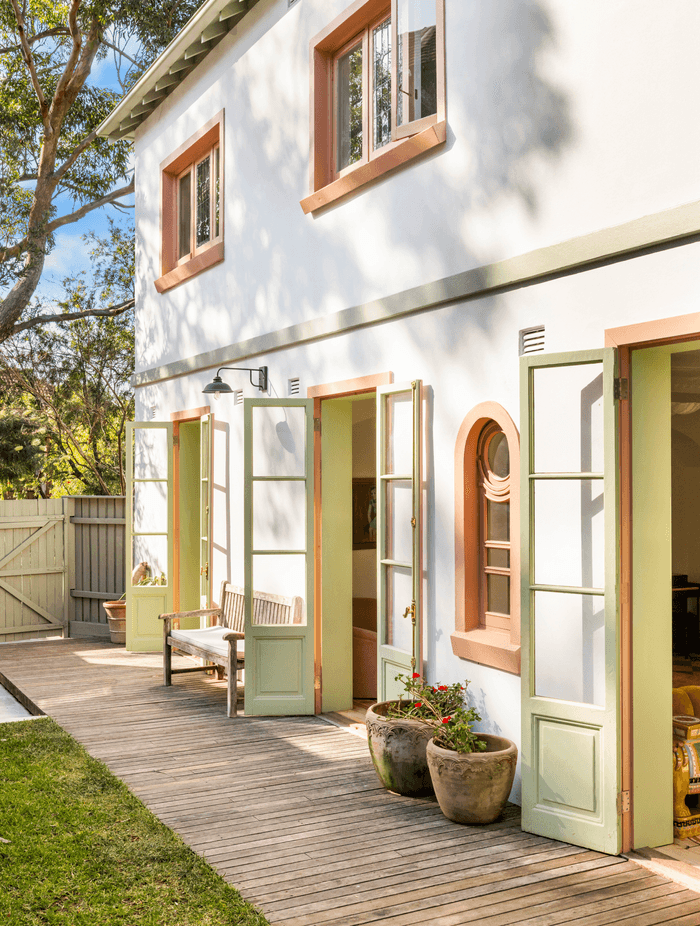
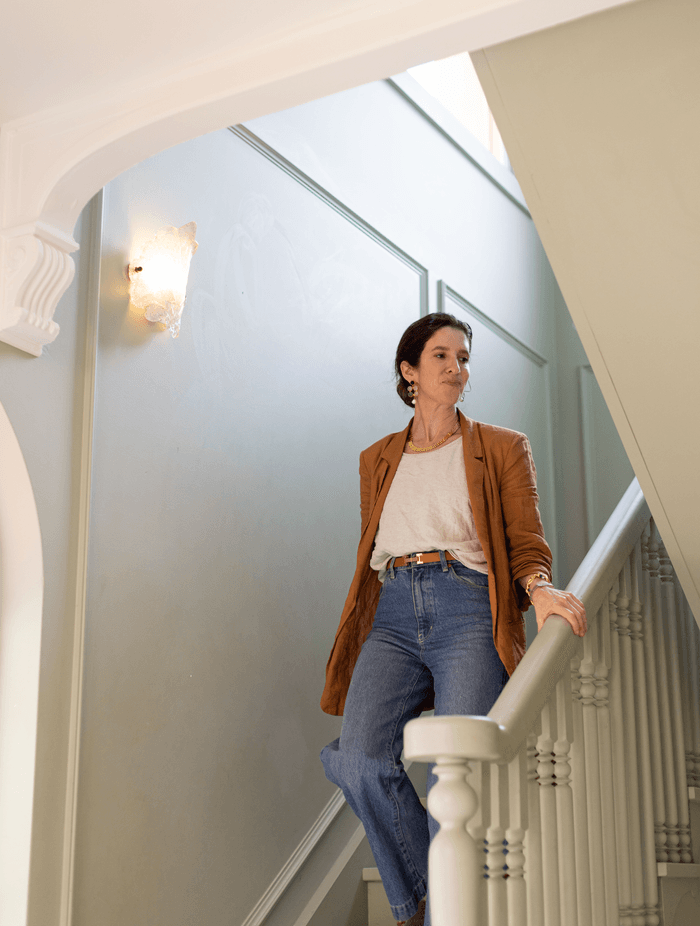
4. Writing an effective design brief
Once you have a clear vision, you’ll need to communicate it effectively to your architect or designer. A well-written design brief should cover:
• Your “why”: what’s the purpose of this home? Is it a forever home, a family home, or an investment property?
• Your non-negotiables: list your top priorities. (E.g., “Must have a large north-facing kitchen with morning sun.”)
• Your lifestyle needs: consider hobbies, entertaining, family dynamics, work-from-home spaces, and storage needs.
• Your visual preferences: include mood boards, colour palettes, and material inspirations.
Pro Tip from Builder Marshall Keen:
"The clearer the brief, the better the outcome. Builders and designers can do their job more efficiently when they have a solid understanding of what you want from the start. Vague or constantly changing briefs can lead to costly mistakes and delays."
5. Honouring the heritage and landscape of your site
Your home doesn’t exist in isolation, it’s part of a larger landscape and history.
“A great home doesn’t fight against its surroundings; it embraces them,” says Chloe, a homeowner who carefully preserved the Art Deco details of her Federation-style home while updating it with contemporary touches.
Key considerations:
• Preserving heritage features if your home has historical significance.
• Respecting the local streetscape for better resale value.
• Choosing materials that complement the environment; stone, timber, and natural finishes.
Download your FREE homeowner’s guide now and take the first step toward a seamless, stress-free design process.
Because when you plan like a Pro, you build like a Pro.